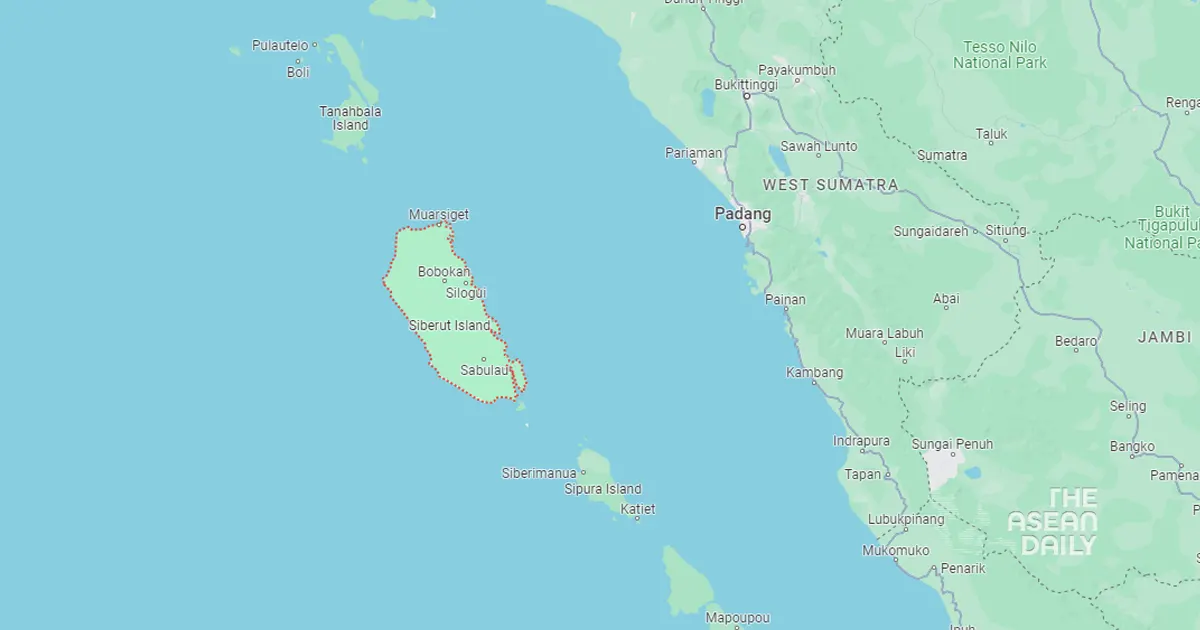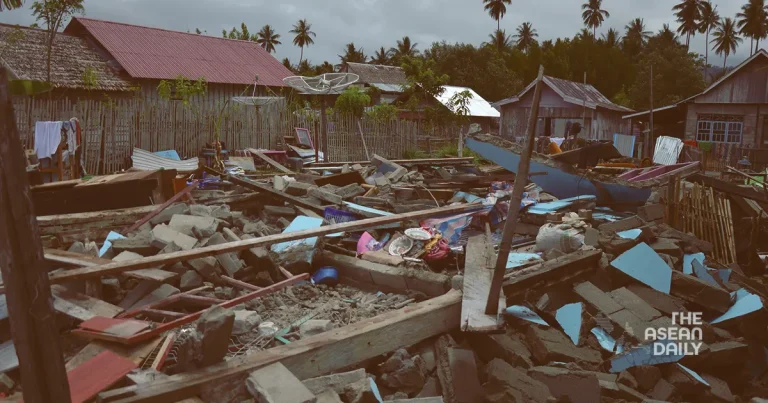16-8-2024 (JAKARTA) The Meteorology, Climatology and Geophysics Agency (BMKG) of Indonesia has raised alarm bells, corroborating Japanese scientific findings about the looming threat of colossal earthquakes in the Sunda Strait and Mentawai-Siberut Megathrust zones. These areas, alongside Japan’s Nankai Megathrust, have been identified as critical “seismic gaps”, regions where significant seismic activity is long overdue.
Daryono, the head of BMKG’s earthquake and tsunami centre, emphasised the urgency of the situation in a press release on Monday, 12 August 2024. “The absence of major seismic events for centuries in these two megathrust segments makes a substantial earthquake imminent,” he stated, referencing both the Indonesian zones and the recent tremors in Nankai, South Japan.
The Sunda Strait and Mentawai-Siberut zones are capable of generating earthquakes of magnitude 8.7 and 8.9 respectively, according to the agency’s projections. These megathrust zones, characterised by extensive, shallow subduction boundaries, have the potential to spawn not only powerful earthquakes but also devastating tsunamis, particularly in coastal areas near the epicentre.

The recent magnitude 7.1 earthquake that struck the Nankai Megathrust on Friday, 8 August, serves as a stark reminder of the region’s seismic volatility. While Daryono assured that this particular event was unlikely to directly impact Indonesia’s tectonic plates due to the geographical distance, he cautioned about potential tsunami risks. “A massive tsunami originating in Japan could potentially reach Indonesian waters,” he warned.
To address these concerns, Daryono highlighted Indonesia’s tsunami early warning system, InaTEWS, which is primed to monitor and respond to such events. “BMKG is prepared to immediately disseminate earthquake information and tsunami early warnings across Indonesia, with a particular focus on the northern regions,” he stated.
The agency has intensified its preparedness efforts in light of these projections. Beyond the monitoring and early warning systems, BMKG has conducted extensive mitigation and evacuation drills based on tsunami modelling. These exercises have involved local governments, relevant stakeholders, and communities in potentially affected areas.




